PLENARY SPEAKERS
- Prof. Masaki Nakagawa, Tokyo Institute of Agriculture and Technology, Japan
- Prof. Venu Govindaraju, SUNY Distinguished Professor of Computer Science and Engineering, University at Buffalo, The State University of New York
- Prof. Hironobu Fujiyoshi, Dept. of Robotic Science and Technology, Chubu University, Japan
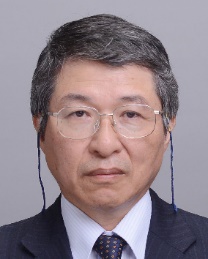 Prof. Masaki Nakagawa,
Prof. Masaki Nakagawa,
Tokyo Institute of Agriculture and Technology, Japan
Dr. Masaki Nakagawa is a Professor of Media Interaction at the Department of Computer and Information Sciences and Associate Dean, Faculty of Engineering at the Tokyo Institute of Agriculture and Technology, Japan. He has been working on handwriting recognition, pen-based user interfaces and applications — especially educational applications. Since 1980s, he has been collaborating with many companies and has contributed to develop handwriting recognizers for real commercial use. In 1990s, he also introduced User Interfaces for tablet devices and developed several educational applications using various sizes of tablets. His U.S. patents to scroll the window in proportion to the pen speed, so called “touch scroll”, were sold from his university to a company for the highest amount among all the Japanese universities in the fiscal year 2010. In 2011, he founded a start-up iLabo, which now sells the best handwriting recognizers for touch-based smart phones, tablets and so on in Japan. He is also working on historical document processing to read excavated documents from the Heijo palace (the capital in the 7th century) in Nara, Japan, and to read Chu Nom documents in Vietnam. He received the Minister of Education and Science award of Japan and the contribution award from Tokyo Metropolitan Government in 2016. He is a fellow of IAPR (International Association of Pattern Recognition), IEICE (Institute of Electronics, Information and Communication Engineers, Japan) and IPSJ (Information Processing Society of Japan).
Title and Abstract of the talk:
Latest Applications of Deep Neural Networks to Handwriting Recognition and Identification
Shifting from hand-made traditional methods to Deep Neural Networks (DNN) is common in almost all pattern recognition and artificial intelligence fields. Handwriting recognition is one of the original areas where they were born, tested and developed with additional improvements combined with established methods. Online and Offline handwritten text recognition have been renovated for Western, Chinese/Japanese and Indic languages by Convolutional Neural Networks (CNN) and Long Short-Term Memory Neural Networks (LSTM). Handwritten mathematical expression recognition/clustering is also being enhanced by DNN. Word Spotting is a relative of text recognition. Historical document processing is the field where both text recognition and word spotting are applied. Writer identification is another field that DNN is breaking barriers.
In this talk, starting from the basic architectures of CNN and LSTM, I will talk on the latest architectures for online recognition of handwritten English, Japanese/Chinese, Math, offline recognition of historical Japanese cursive handwriting and writer identification. Moreover, I will also talk future application areas that DNN will play significant roles.
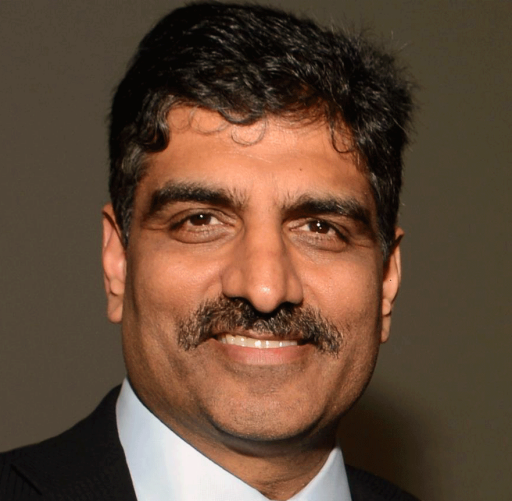 Prof. Venu Govindaraju,
Prof. Venu Govindaraju,
SUNY Distinguished Professor of Computer Science and Engg,
University at Buffalo, The State University of New York
Dr. Venu Govindaraju is the founding Director of the Center for Unified Biometrics and Sensors, University at Buffalo, The State University of New York. He has also been Vice President for Research and Economic Development and Associate Director, Center of Excellence for Document Analysis and Recognition (CEDAR). Prof. Govindaraju received his Bachelor’s degree with honors from the Indian Institute of Technology (IIT) in 1986, and his Ph.D. from University at Buffalo in 1992. His research focus is on machine learning and pattern recognition in the domains of Document Image Analysis and Biometrics. His seminal work in handwriting recognition was at the core of the first handwritten address interpretation system used by the postal services in US, Australia, and UK.
Prof. Govindaraju is a Fellow of ACM, IEEE, IAPR, SPIE and the American Association for the Advancement of Science. He has served on the editorial boards of premier journals and is currently the Editor-in-Chief of the IEEE Biometrics Council Compendium. In recognition to his outstanding contribution in the field of pattern recognition and machine learning, he has been honoured with various prestigious awards including Young Investigator award in the International Conference on Document Analysis and Recognition (2001), MIT Global Indus Technovator Award (2004), IEEE Technical Achievement Award (2010), Indian Institute of Technology (IIT) Distinguished Alumnus Award (2014), IAPR/ICDAR Outstanding Achievements Award Winner (2015), and Fellow of the National Academy of Inventors (2015).
Title and Abstract of the talk:
The Four Seasons of Artificial Intelligence
Artificial Intelligence is a collection of advanced technologies that enables machines to sense, comprehend, act, and learn. Over the last decade, there has been a tremendous surge of excitement regarding how AI is poised to pervade almost every aspect of human life. Self-driving cars have been tested, “Alexa” converses in homes around the world, and smart phones self-organize personal pictures not just by date and location, but also by automatically recognizing friends and family.
This talk is a “primer” on AI. It traces AI’s history over the last six decades by identifying the four important seasons of its evolution. i) The winter season was when the promise of AI was restrained by rule-based approaches that did not scale beyond laboratory-sized experiments; ii) the spring season was when the surge in scalable and intellectually appealing statistical methods, especially the Bayesian models, would “learn” from data but still required some top-down rules to be manually injected, and iii) the current, summer season is dominated by the success of deep neural networks that benefit from the ubiquity of sensors, the availability of plentiful data, inexpensive storage, and super computing capabilities.
We will illustrate the evolution of AI throughout its first three seasons (winter, spring, and summer) in terms of learning, abstraction, and reasoning by drawing examples from postal service automation systems. This entails solving a host of pattern recognition tasks namely handwriting versus machine print, digit and character recognition, word recognition, and address interpretation. In fact, our own foray into AI pivots on the postal recognition project. It represents one of AI’s first success stories, wherein a university-based research group delivered a working solution to the real world during the “Winter of AI”.
Finally, AI’s fall season is imminent; it will be marked by demands on AI systems to “explain” decision-making, deal with bias in unrefined data, and counter the disruptive impact on both the workforce and the economy. We will conclude with a sampling of the problems we are tackling intended to contribute to the development of “responsible” AI systems that address the ethical, legal, and social implications of autonomous systems.
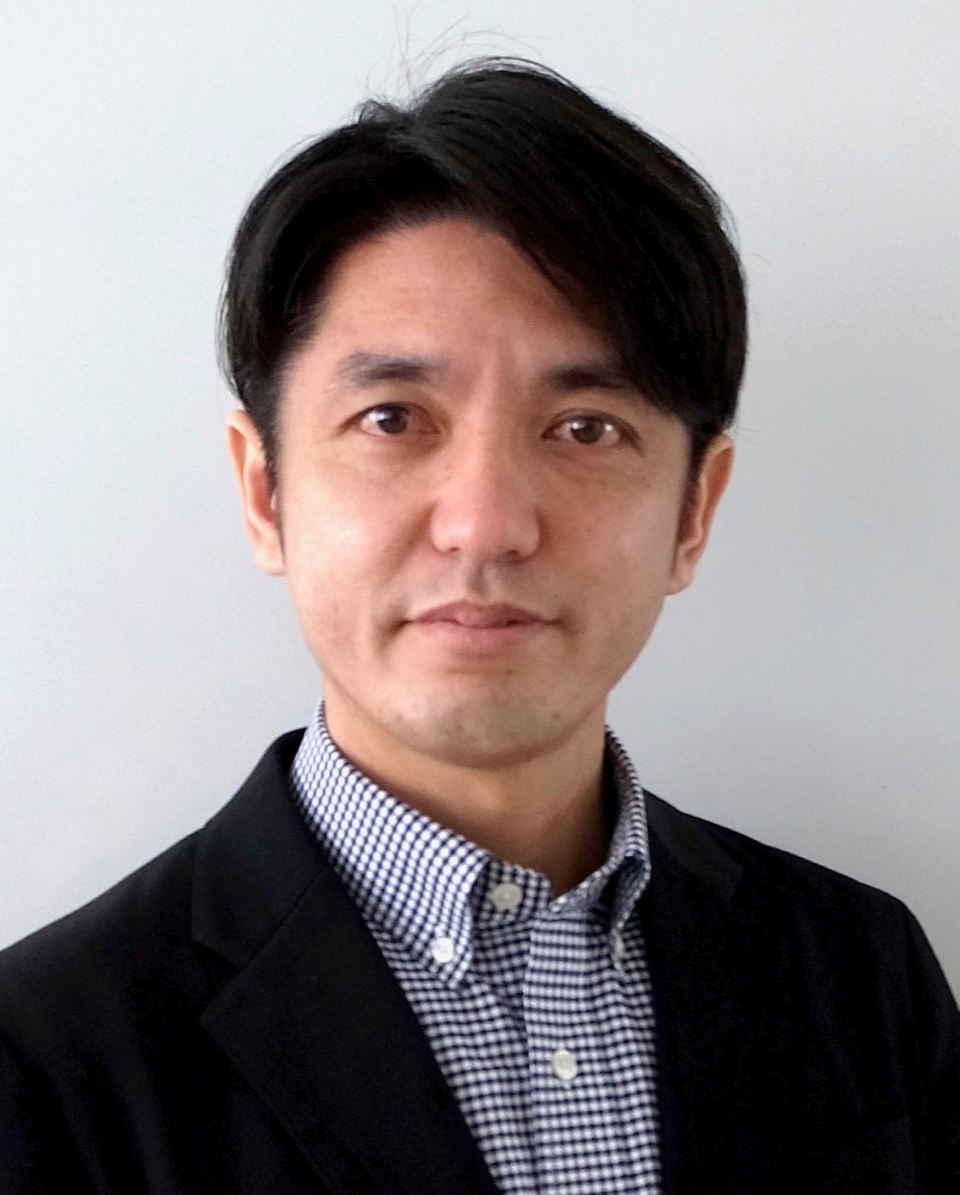 Prof. Hironobu Fujiyoshi,
Prof. Hironobu Fujiyoshi,
Dept. of Robotic Science and Technology, Computer Science (graduate school), Chubu University, Graduate School of Engineering, Japan
Dr. Hironobu Fujiyoshi received his Ph.D. in Electrical Engineering from Chubu University, Japan, in 1997. From 1997 to 2000 he was a post-doctoral fellow at the Robotics Institute of Carnegie Mellon University, Pittsburgh, PA, USA, working on the DARPA Video Surveillance and Monitoring (VSAM) effort and the humanoid vision project for the HONDA Humanoid Robot. He is now a professor of the Department of Computer Science, Chubu University, Japan. From 2005 to 2006, he was a visiting researcher at Robotics Institute, Carnegie Mellon University. His research interests include computer vision, video understanding and pattern recognition. He is a member of the IEEE, the IEICE, and the IPSJ.
Title and Abstract of the talk:
Affine-invariant Local Feature Representation for Keypoint Matching
Local features are at the center of many fundamental computer vision problems. In this talk, I will talk about an approach of local feature representation for affine-invariant keypoint matching. We propose a method for estimating multiple-hypothesis affine regions from a keypoint by using an anisotropic Laplacian-of-Gaussian (LoG) filter. Although conventional affine region detectors, such as Hessian/Harris-Affine, iterate to find an affine region that fits a given image patch, such iterative searching is adversely affected by an initial point. To avoid this problem, we allow multiple detections from a single keypoint. We demonstrate that the responses of all possible anisotropic LoG filters can be efficiently computed by factorizing them in a similar manner to spectral SIFT. A large number of LoG filters that are densely sampled in a parameter space are reconstructed by a weighted combination of a limited number of representative filters, called “eigenfilters”, by using singular value decomposition. Also, the reconstructed filter responses of the sampled parameters can be interpolated to a continuous representation by using a series of proper functions. This results in efficient multiple extrema searching in a continuous space. We also show that the proposed method can be applied to represent local features for affine-invariant keypoint matching.

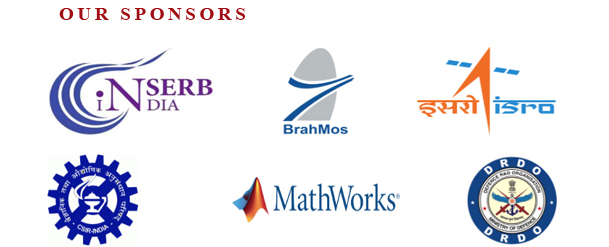
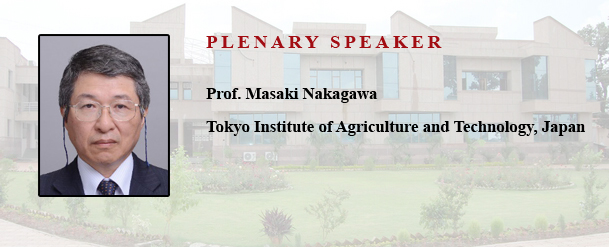
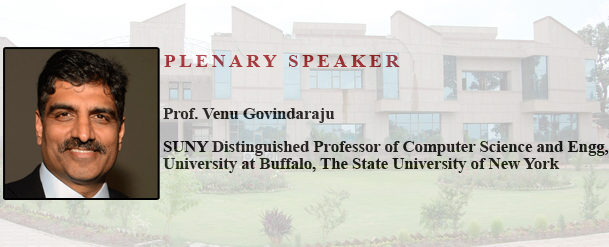
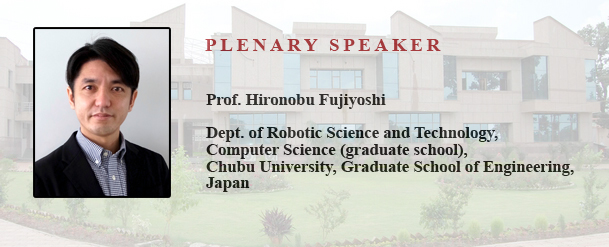
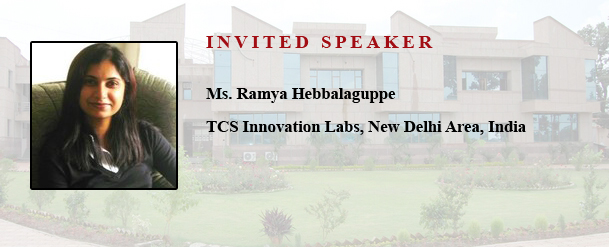




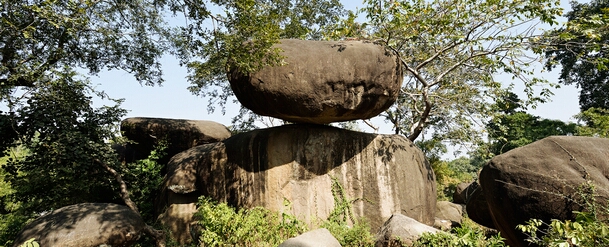
 Photo Gallery
Photo Gallery
 Dumna Airport Road, P.O.: Khamaria, Jabalpur - 482 005, Madhya Pradesh, India Tel:+91-761-2794373 Fax: +91-761-2794094
Dumna Airport Road, P.O.: Khamaria, Jabalpur - 482 005, Madhya Pradesh, India Tel:+91-761-2794373 Fax: +91-761-2794094